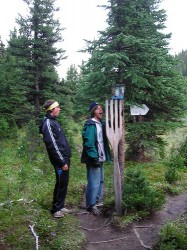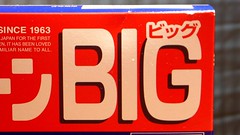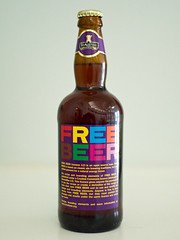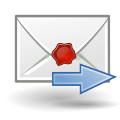
Photo compliments of orlandk
Yogi Berra, Hall of Fame baseball catcher, was famous for saying things that didn’t seem to make much sense, at least at first.
It’s easy to laugh at some of his remarks because they sound nonsensical. How can it get late early? And whatever does “It ain’t over till it’s over” mean?
However, when you stop to think about them for a while, it turns out those silly sayings were really quite wise.
No, really they were.
“When you come to a fork in the road, take it”
Pick your path, don’t try to go down two roads at once. Find your niche, and your passion, and pursue it. Yogi was passionate about baseball, and had enough World Series championship rings for each finger on both hands. When you love what you do (and focus your energies on doing it), you will succeed.
“If you don’t know where you are going, you will wind up somewhere else.”
Make a marketing plan, and follow it. For example, write an ebook to build an audience, have them sign up for your newsletter, and then eventually purchase other products or services.
“It gets late early out there”
The Web has sped everything up. Wait too long to respond to a customer complaint or a service problem and the twitterers will let you know. If you don’t post on your blog for three weeks, or answer comments, readers will go elsewhere.
“That place is so popular, nobody goes there anymore”
When you lose your focus, you’ll lose your customers too. Starbucks built an image and a “tribe” by brewing coffee that was different from ordinary deli coffee, offering more ways to customize it, and a welcoming atmosphere. Then, they expanded too much, tried to overcome it with discounts, and now… well there are more interesting places to get coffee in New York (with beans that have been roasted in the last 10 days, or coffee ground to order).
What do you think? Was Yogi right? Am I?




 You probably know about how email marketing can lead to big profits. It’s cheap to use, targeted, and easy to do. Just type in your message and hit send. Right? Well, it’s a bit more complicated than that.
You probably know about how email marketing can lead to big profits. It’s cheap to use, targeted, and easy to do. Just type in your message and hit send. Right? Well, it’s a bit more complicated than that.